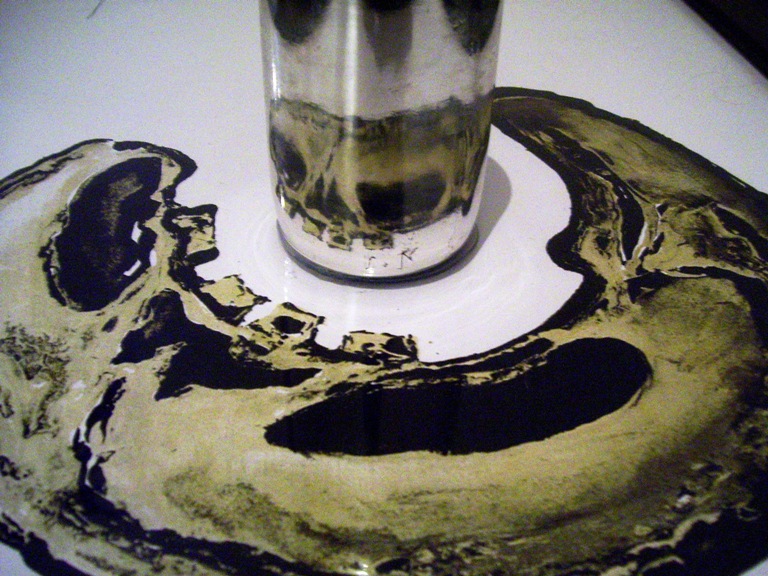 I’m a big fan of Dali, but not because of his classic artworks that can be seen on dorm room posters in college campuses across America. No, what I admire about Salvador Dali was his ability to see things in an entirely different manner from those around him. All of his paintings reflect this brilliance, but none show just how fantastic his mind worked better than those that incorporate anamorphism.
I’m a big fan of Dali, but not because of his classic artworks that can be seen on dorm room posters in college campuses across America. No, what I admire about Salvador Dali was his ability to see things in an entirely different manner from those around him. All of his paintings reflect this brilliance, but none show just how fantastic his mind worked better than those that incorporate anamorphism.
Anamorphic art requires the viewer look at the piece from a specific viewpoint or using a special tool in order to actually see the artwork in its proper display form. By the end of his career, Dali was a master of this skill, creating paintings like the one above that required cylindrical mirrors to see the work in its true form, and by painting spectroscopic images that required 3D glasses to take in the full effect.
His most famous work of this type is the Mae West Room in his Theater Museum that was based on his famous painting, The Face Of Mae West. As you can see in the pictures below, the stage appears to be nothing more special than a lip-shaped sofa with a strange fire place and two paintings. When you step up to the viewing platform and look through the lens though, everything comes together into a bizarre portrait of the legendary actress.
 The first two photos are my own, but the final image is courtesy of Flickr user asirap.
The first two photos are my own, but the final image is courtesy of Flickr user asirap.

Wow, it’s awesome! For being honest I didn´t know this artwork. Thank you for sharing this amazing illusion with us.
Agreed!
what is the first picture? is it in the other 2 somewhere?
Nice anamorphic artworks! Now I can see why you admire him so. :D
Off topic: Am I the only one who cannot see the comments with my office version of Internet Explorer 8.0.6001? I’m writing this with Firefox portable:) (do not tell our ICT department…)
The first one is the top part of a skull reflected un the glass.
is the top picture supposed to look like a skull? because that’s what I see.
I too am a Dali fan, but am not that familiar with his anamorphic work. Like most of his work you have to study it to understand it. These examples of his work are really great, Thank you Jill!………….:)
There have been lots of examples of works with reflecting cylinders in the history of art going back to the Renaissance.
Dali didn’t invent this trick, he simply used it very well.
I visited his museum, it’s so awesome! He even created a huge pixel-picture, you should have uploaded that one as well. :)
Go to the one with the lips and eyes far apart or close up go to the corner ………………… WOMEN
Lip couch…. that’s awesome
I don’t get the first one
The second one looks like Mannilyn Monroe